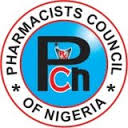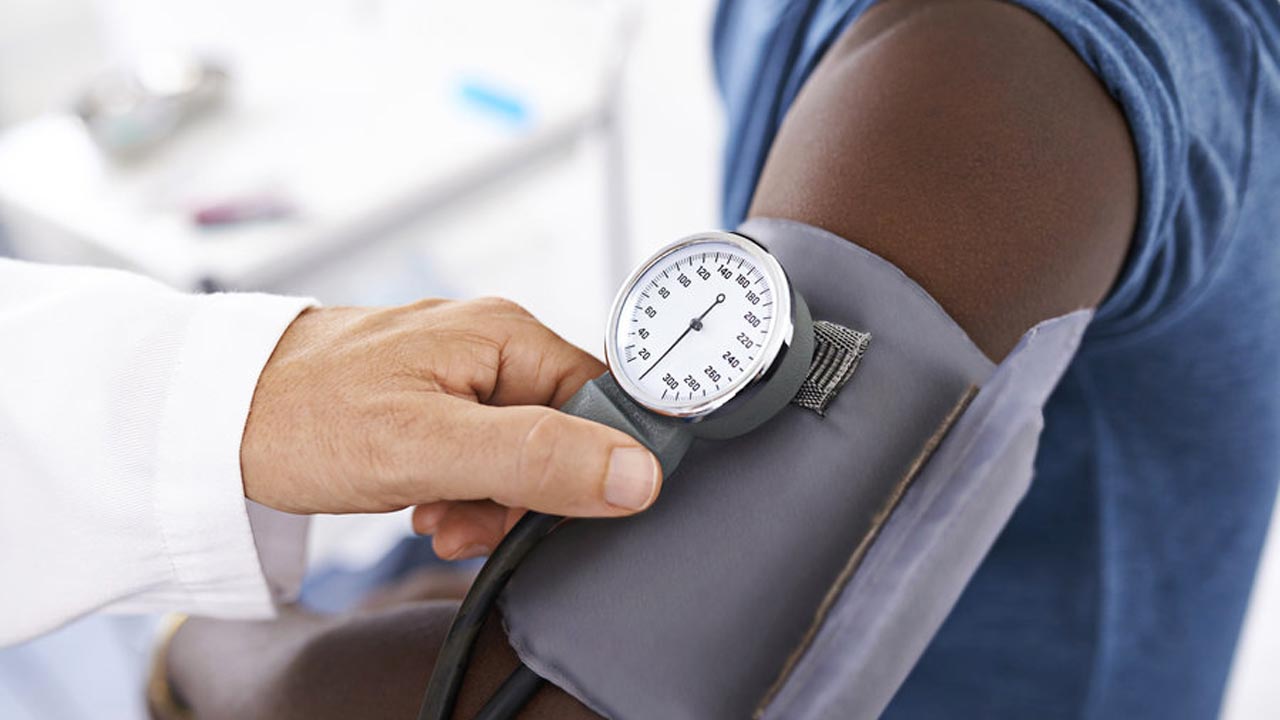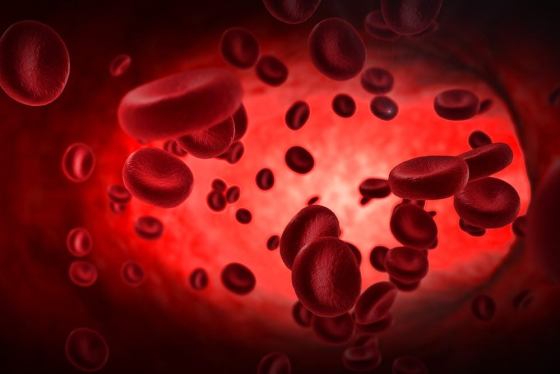The #EndSARS protest has now taken a violent turn and reports of injuries and deaths abound. As lay rescuers, ts is vital that you as a bystander carry out critical First aid Interventions on scene but also know when to make lifesaving Transport Decisions
If on face value, you determine or feel the injured is in a critical state, he/she must be transported immediately.
Most treatment interventions can be done during transport. Remember, Even though the patient appears to be stable, if there is a dangerous mechanism of injury or other dangers (such as age, poor general health), consider early transport. “Stable” patients can become unstable quite rapidly
If the injured protester has one of the critical conditions listed below, immediately load the patient into an ambulance and transport rapidly to the nearest appropriate emergency facility. When in doubt, transport early.
However, the following first aid measures can be done at the scene: control major external bleeding, open and maintain a patent airway (position, sweep, ventilate, seal sucking chest wounds, stabilize flail segments, stabilize penetrating objects). Procedures that are not life saving, such as splinting, bandaging, insertion of IV lines, or even elective endotracheal intubation, must not hold up transport of the critical patient.
If the injured protester has any of the following, transport immediately:
1) You notice these on the injured
— Altered mental status
— Abnormal breathing
Abnormal bleeding is your first priority! You should be looking for it as you approach the patient. One bystander can attend to that problem as other bystanders address level of consciousness, airway, breathing, and circulation.
— Uncontrolled bleeding or shock
Please be aware that any of these can rapidly lead to shock:
— Penetrating wounds of the torso
— Abnormal chest observations (open wound or a portion of the rib cage is separated from the rest of the chest wall (flail chest))
— Tender, distended abdomen
— Pelvic pain and restricted mobility. (Pelvic instability)
— Broken bones of the legs (Bilateral femur fractures)
Contacting Medical Direction
When you have a critical patient, it is extremely important to contact medical direction as early as possible. It takes time to get the necessary resources such as the appropriate surgeon and the operating room team in place, and the critical patient may have no time to wait after arrival at the hospital. Always notify the receiving facility of your estimated time of arrival (ETA), the condition of the patient, and any special needs on arrival.
#EndSARS: Save Life, LOAD AND GO





